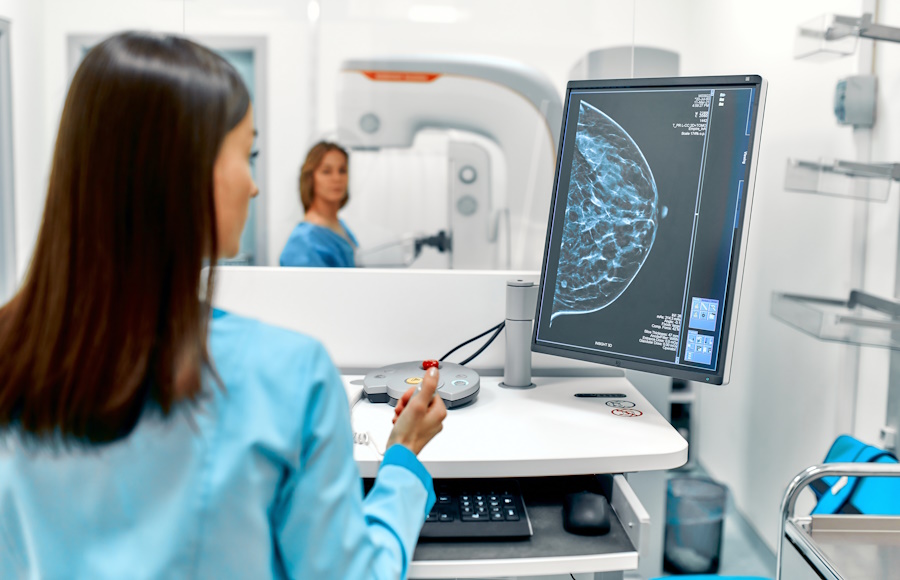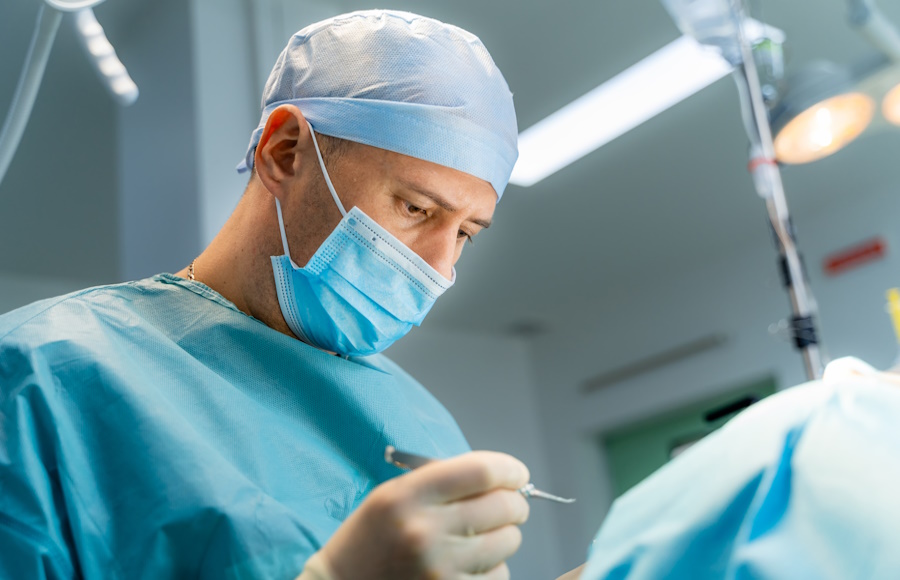Breast Cancer
Most patients begin this journey at their annual check-ups with their general practitioner. A regularly scheduled mammogram will have revealed a suspicious clump, which will then be biopsied and examined by a pathologist. Based on the pathologists’ report, the patient and their doctor will begin to formulate a plan based on their condition and individual needs, including treatment options, health insurance, living expenses, and personal impacts.

Patient Journey

General Practitioner
The journey begins with a visit to the general practitioner who, after an initial assessment, suspects or has diagnosed breast cancer. They refer the patient to a specialist for further diagnostics to get a more detailed look at the suspected malignancy.

Imaging
Imaging is a crucial step in diagnosing and staging breast cancer, and involves procedures like mammography, ultrasound, or Magnetic Resonance Imaging (MRI). These tests allow your physician to visualize abnormal cell growth and pinpoint areas of interest for the most accurate diagnostics possible.

Oncology
Images captured by the imaging specialist give the oncologist critical insights into the extent and type of the cancer, which guides the development of a custom treatment plan. The plan may include chemotherapy, radiotherapy, hormone therapy, or surgery – depending on the nature of the cancer.

General Surgeon
When surgery is deemed necessary, a general surgeon is consulted to perform a mastectomy or lumpectomy. After being referred by the oncologist, the general surgeon will meet with the patient to discuss the surgical options, risks, and potential outcomes to ensure that the patient is informed and comfortable with the upcoming procedure.

Breast Surgeon
After the surgery, the patient is referred to a breast specialist or a plastic surgeon who has expertise in reconstructive surgery. This surgeon conducts the DIEP flap surgery, which involves using the patient’s own abdominal skin and fat to rebuild the breast.